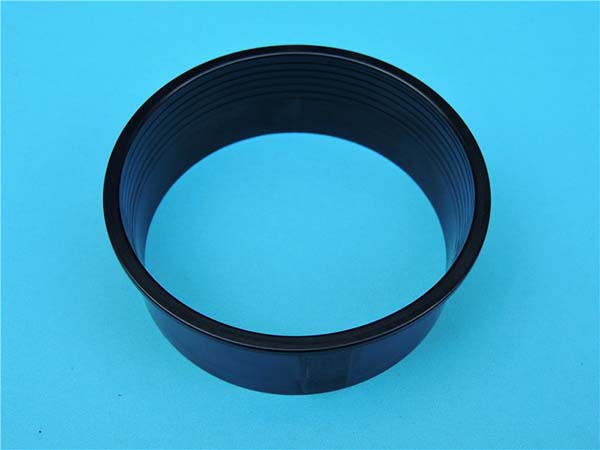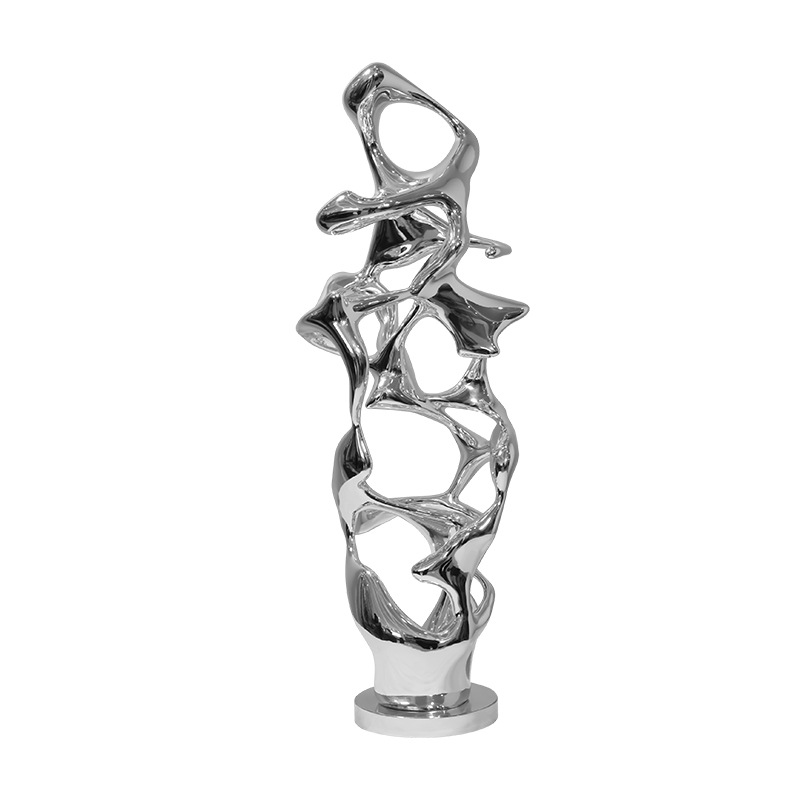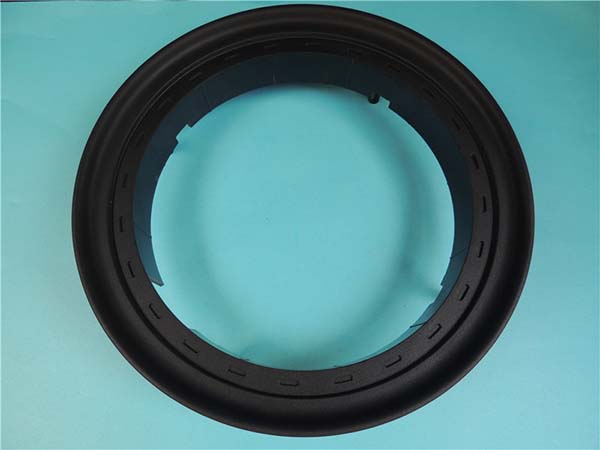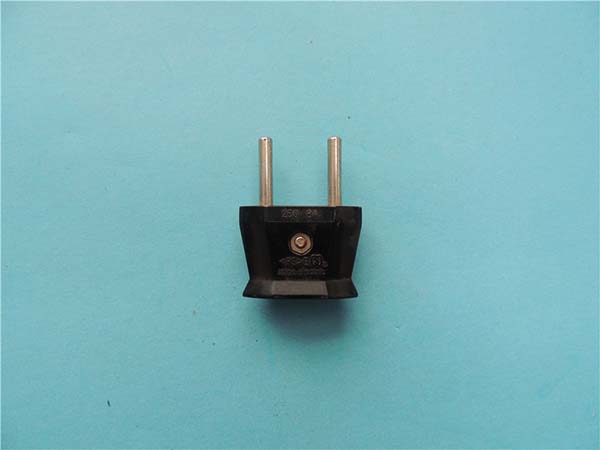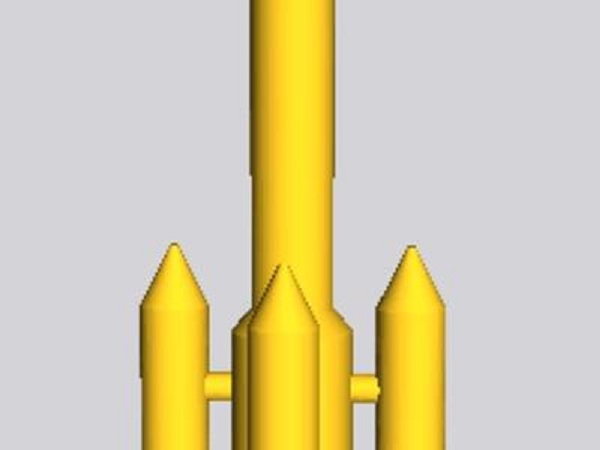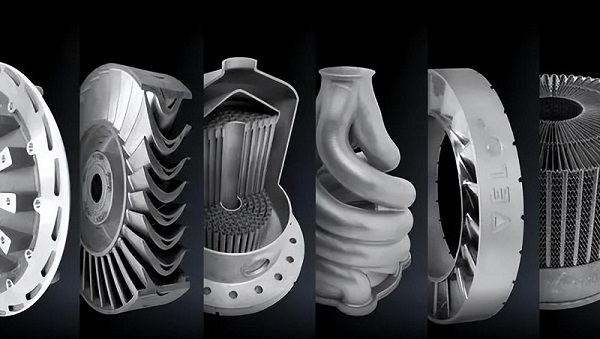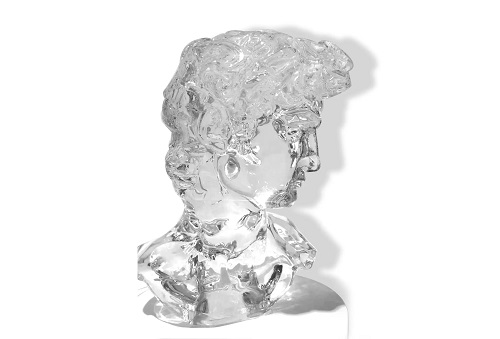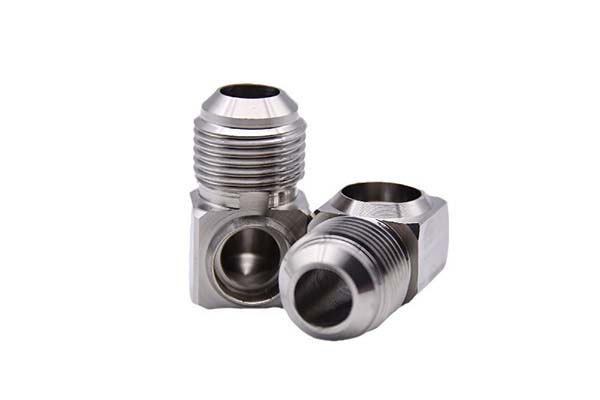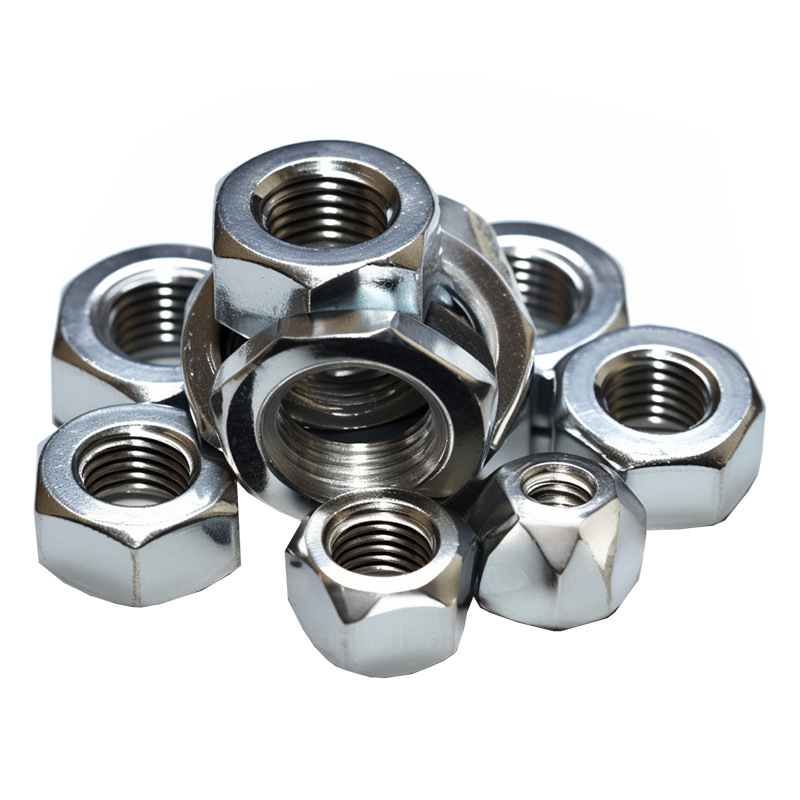Understanding Quick Parts 3D Systems
Definition and Basics
Quick Parts 3D Systems refers to a service that utilizes 3D printing technology to produce parts rapidly. It serves as a solution for various industries, allowing companies to obtain physical parts directly from digital designs in a short time. Different from traditional manufacturing methods that often involve complex tooling and long production lead - times, Quick Parts 3D Systems simplifies the process. For example, in traditional injection molding, creating a mold can take weeks or even months, while with 3D Systems' quick parts service, a prototype or a small - batch production part can be ready within a few days or even hours, depending on the complexity of the part. This is a game - changer for businesses, especially those in product development phases, as it enables them to quickly test and iterate their designs.
Key Features
- Rapid Prototyping: One of the most significant features is the ability to create prototypes extremely fast. A study by a leading manufacturing research firm showed that on average, Quick Parts 3D Systems can reduce prototype development time by up to 70% compared to traditional machining methods. This means that companies can get their product concepts into a tangible form much earlier in the design cycle. For instance, a startup developing a new consumer electronics device can use 3D - printed quick parts to test the form, fit, and function of their product within days, rather than waiting weeks for a traditionally - made prototype.
- Diverse Material Options: It offers a wide range of materials to choose from. Whether it's plastics like ABS, PLA, or high - performance materials such as polycarbonate for more demanding applications, or even metal materials for parts that require high strength and heat resistance. In total, 3D Systems provides over 100 different materials for quick parts production. This variety allows engineers to select the most suitable material based on the specific requirements of the part, such as flexibility, hardness, chemical resistance, etc. For example, in the aerospace industry, parts made from heat - resistant metal materials can be produced using Quick Parts 3D Systems to meet the strict requirements of aircraft components.
- Complex Geometry Capability: 3D printing technology used in Quick Parts 3D Systems can create parts with complex geometries that are nearly impossible to achieve with traditional manufacturing techniques. Features like internal channels, lattice structures, and organic shapes can be fabricated with ease. A case in the medical field shows that customized prosthetics with intricate internal structures for better weight - distribution and tissue integration can be 3D - printed, improving the quality of life for patients.
How Does Quick Parts 3D Systems Work?
The 3D Printing Process
- Design and Modeling:
- This is the starting point. Engineers or designers use Computer - Aided Design (CAD) software to create a 3D digital model of the part. For example, in designing a new smartphone case, the CAD model will define every detail, from the precise shape of the cut - outs for the camera and ports to the thickness of the walls. If there's an existing physical object that needs to be replicated or modified, 3D scanning can be used to generate a digital model through a process called reverse engineering.
- Slicing the Model:
- Once the 3D model is ready, it is sliced into thin cross - sectional layers using slicing software. The thickness of these layers, which can range from as thin as 0.05 mm to 0.3 mm depending on the desired precision and the capabilities of the 3D printer, is determined at this stage. Each layer is essentially a 2D representation of the part at that particular height. The slicing software also generates the G - code, which is a set of instructions that the 3D printer can understand, telling it how to move the print head, extrude the material, and control other aspects of the printing process.
- Printing:
- In the printing phase, the 3D printer reads the G - code and starts building the part layer by layer. There are several 3D printing technologies used by Quick Parts 3D Systems. For instance, in Fused Deposition Modeling (FDM), a common and cost - effective technology, a spool of thermoplastic filament (such as ABS or PLA) is fed into a heated extruder. The extruder melts the plastic and deposits it onto the build platform, following the pattern defined by the G - code for each layer. As the layers are built up, the part gradually takes shape. Another technology, Stereolithography (SLA), uses a laser to cure a liquid photopolymer resin layer by layer. The laser traces the cross - sectional shape of each layer on the surface of the resin, solidifying it and bonding it to the previous layer.
- Post - Processing:
- After the printing is complete, the part usually requires some post - processing. This can include removing any support structures that were added during the printing process to hold up overhanging parts. In FDM prints, supports are often made of the same material as the part or a dissolvable material. If it's a non - dissolvable support, it may need to be carefully removed by hand or with tools. The part may also need to be sanded to smooth the surface, painted for aesthetic or functional purposes, or heat - treated to improve its mechanical properties.
Material Options and Their Applications
Quick Parts 3D Systems offers a wide variety of materials, each with its own unique properties and applications. Here is a comparison of some common materials:
| Material | Strength | Flexibility | Heat Resistance | Chemical Resistance | Common Applications |
| ABS (Acrylonitrile Butadiene Styrene) | High | Moderate | Moderate (up to around 100 - 110°C) | Good against many chemicals | Consumer electronics (e.g., phone cases, laptop parts), automotive prototypes for non - critical parts |
| PLA (Polylactic Acid) | Moderate | Low | Low (around 60 - 65°C) | Limited | Educational models, simple consumer goods, and parts where heat resistance is not a major concern |
| Polycarbonate | High | Low - Moderate | High (up to around 130 - 140°C) | Good | Aerospace components (due to its high strength - to - weight ratio and heat resistance), protective gear |
| Nylon | High | High | Moderate (up to around 150 - 170°C) | Good | Sporting goods (e.g., shoe soles, bike pedals), mechanical parts that require flexibility and strength |
| Aluminum (Metal Material) | High | Low | High (melting point around 660°C) | Good corrosion resistance | Aerospace and automotive parts where high strength and lightweight are crucial, such as engine components |
Applications of Quick Parts 3D Systems
In the Automotive Industry
In the automotive industry, Quick Parts 3D Systems play a crucial role. One of the primary applications is in the production of automotive part prototypes. For example, Ford Motor Company uses 3D - printed quick parts to create prototypes of various engine components, such as intake manifolds. By doing so, they can test the functionality and performance of these components in the early stages of development. This reduces the time and cost associated with traditional prototyping methods. A case study showed that Ford was able to cut down the development time of a new engine component by 40% using 3D - printed quick parts.
Moreover, 3D Systems' quick parts are also used for manufacturing custom - made automotive interior parts. High - end car manufacturers often use 3D - printed quick parts to create unique dashboard designs, center console components, and door trims for their limited - edition models. These custom parts can be produced quickly, allowing carmakers to respond to market demands for personalized products promptly.
In Healthcare
The healthcare industry has also benefited greatly from Quick Parts 3D Systems. One significant application is in the creation of customized medical models. Surgeons can use 3D - printed models of patients' organs, such as the heart, liver, or kidneys, to better understand the patient's anatomy before complex surgeries. A study in a leading medical journal found that in cardiac surgeries, the use of 3D - printed heart models improved the surgical success rate by 15% as surgeons could plan more effectively.
Another major use is in the production of prosthetics. 3D Systems enables the creation of customized prosthetics that fit the patient's body perfectly. For instance, Point Designs collaborated with 3D Systems to produce titanium - printed hand prosthetics. These prosthetics are not only lighter (about 30% lighter compared to traditional steel - based prosthetics) but also more functional, allowing patients to perform a wider range of activities. The global market for 3D - printed prosthetics is expected to grow significantly, with a predicted compound annual growth rate of over 20% from 2023 - 2029, according to market research firm GIR.
In Aerospace
In the aerospace industry, precision and weight - reduction are of utmost importance, and Quick Parts 3D Systems meet these requirements well. For example, GE Aviation uses 3D - printed quick parts to manufacture fuel nozzles for its LEAP engines. The 3D - printed fuel nozzles are 25% lighter than those made with traditional manufacturing methods. This weight reduction leads to better fuel efficiency, which in turn reduces operating costs for airlines.
Moreover, 3D - printed quick parts are also used for producing complex aerospace structures like aircraft engine brackets. 3D Systems helped GE Aviation 3D - print a lightweight aircraft engine bracket, which was 70% lighter than the traditional part. This not only improves the overall performance of the aircraft but also contributes to environmental sustainability by reducing fuel consumption and emissions. Additionally, in the production of satellite components, 3D - printed quick parts allow for the creation of highly customized and optimized parts, enabling faster satellite development and deployment.
Yigu Technology's Perspective
As a non - standard plastic metal products custom Supplier, Yigu Technology believes that Quick Parts 3D Systems offer great potential for the manufacturing industry. The combination of 3D printing technology in Quick Parts 3D Systems and traditional manufacturing methods could open up new possibilities. For example, 3D - printed quick parts can be used to create prototypes that can then be refined using traditional machining techniques for high - precision finishes. This synergy can reduce costs in the long run, especially for complex parts. Yigu Technology also sees opportunities in using 3D - printed molds from Quick Parts 3D Systems in traditional injection molding processes. These molds can be produced faster and at a lower cost for small - batch production, allowing for more flexibility in product development.
FAQs
What types of materials can be used in Quick Parts 3D Systems?
Quick Parts 3D Systems supports a wide range of materials. Common plastics include ABS, which is known for its high strength, moderate flexibility, and good chemical resistance, making it suitable for consumer electronics parts. PLA is another option, being more environmentally friendly, but with lower strength and heat resistance, often used for simple models and educational purposes. High - performance plastics like polycarbonate can withstand high temperatures (up to around 130 - 140°C) and have high strength, making them ideal for aerospace and automotive applications. For metal materials, aluminum is popular in aerospace and automotive industries due to its high strength - to - weight ratio and good corrosion resistance. There are also specialty materials such as biocompatible plastics for medical applications and elastomers for parts that require flexibility.
How accurate are the parts produced by Quick Parts 3D Systems?
The accuracy of parts produced by Quick Parts 3D Systems depends on several factors. Generally, in some high - precision 3D printing technologies like Stereolithography (SLA), the accuracy can reach up to ±0.05 mm for small - sized parts. However, factors such as the complexity of the part geometry, the material used, and the post - processing methods can affect the final accuracy. For example, parts with complex overhanging structures may require more support material during printing, which could potentially affect the surface finish and accuracy. Also, different materials have different shrinkage rates during the cooling process after printing. A study showed that materials with high shrinkage, like some types of plastics, may cause a deviation of up to ±0.2 mm in larger parts if not properly compensated for during the design stage.
Is Quick Parts 3D Systems suitable for large - scale production?
Quick Parts 3D Systems can be suitable for large - scale production in certain situations. For small - batch production, it offers significant advantages such as fast turnaround times and the ability to produce customized parts without the need for expensive tooling. In some cases, when the parts have complex geometries that are difficult to produce with traditional mass - production methods, 3D Systems' quick parts can be the go - to solution. However, for extremely high - volume production, traditional manufacturing methods like injection molding or stamping may still be more cost - effective. The cost per part in 3D printing can be relatively high due to material costs and the time required for printing each part. Additionally, the speed of 3D printing is generally slower compared to high - speed production lines in traditional manufacturing. But with the continuous development of 3D printing technology, improvements in printing speed and material cost - effectiveness are gradually making it more competitive for larger - scale production in some industries.
